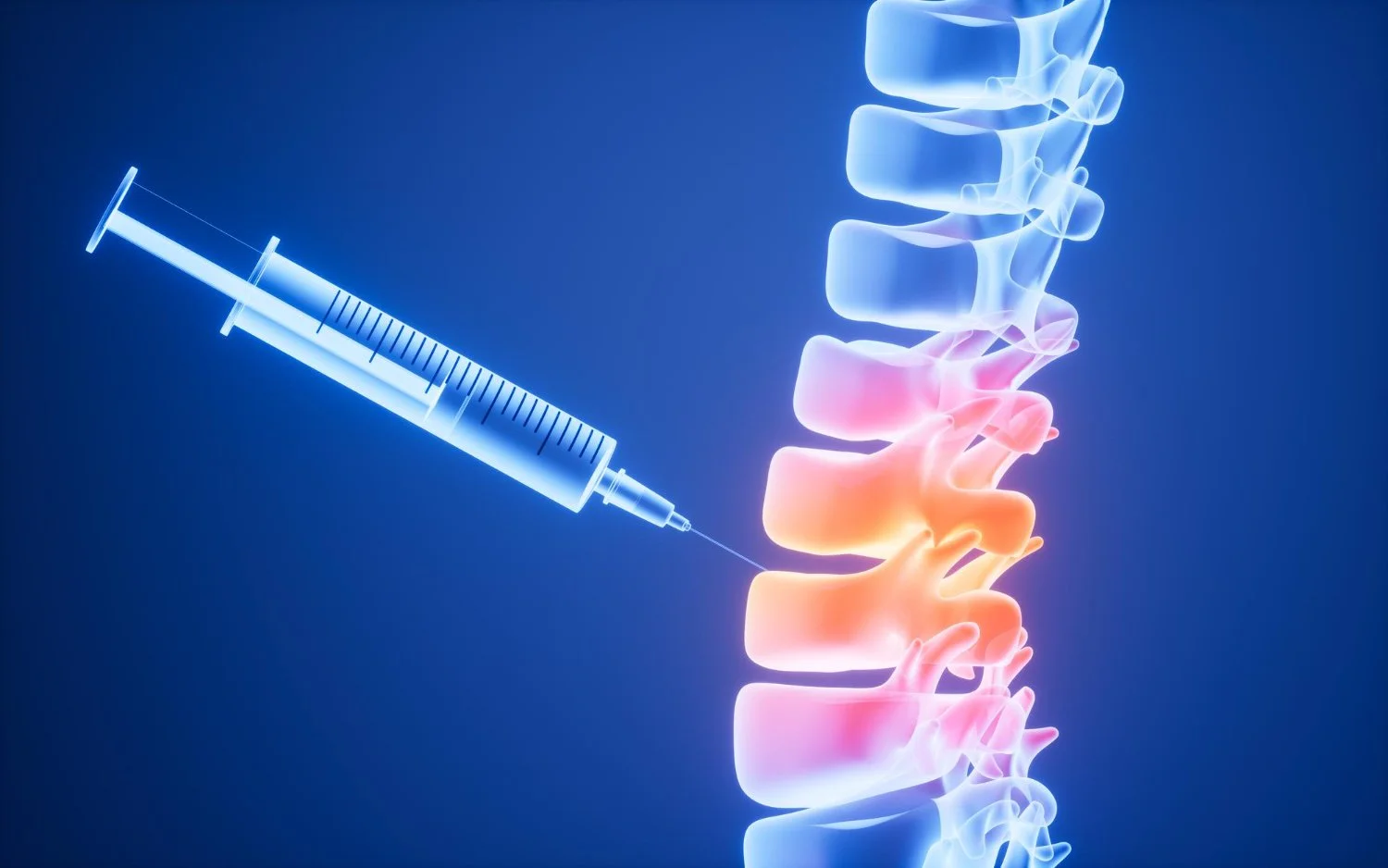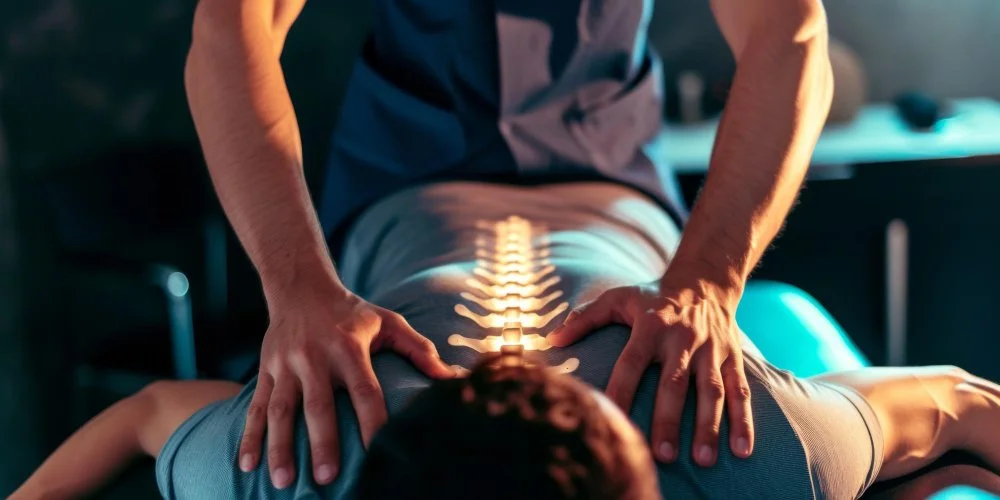Why Combining Chiropractic and Injection Therapy Works Better for Herniated Discs
A herniated disc happens when the soft inner part of a spinal disc pushes out, irritating nearby nerves. This can lead to sharp pain, numbness, or weakness. To fully recover, treatment must do more than just mask pain — it should fix the root structural issues.
Injection Therapy: Fast Relief When You Need It
Epidural steroid injections, nerve blocks, and facet joint injections target inflammation and nerve irritation directly. They’re excellent for quick relief from herniated disc pain, especially during sudden flare-ups.
With acute pain, everyday activities like walking, sitting, or sleeping can become unbearable. Injection therapy works fast by:
Reducing swelling around the nerve root
Blocking pain signals to the brain
Providing relief within hours or a few days
Many patients feel dramatic improvement after just one injection. It’s especially helpful if:
You’re experiencing sharp, radiating leg pain (sciatica)
Pain is interfering with work or daily life
You need relief before starting chiropractic care or physical therapy
You want to delay or avoid surgery
While injections don’t fix the underlying disc problem, they create a pain-free window that allows you to start corrective treatments more comfortably.
Chiropractic Care: Fixing the Structure, Not Just the Pain
Injection therapy reduces inflammation, but it doesn’t correct spinal misalignment — a common contributor to herniated discs.
Chiropractic adjustments focus on restoring proper spine and pelvis alignment. This helps:
Reduce pressure on discs and nerves
Improve posture and body mechanics
Increase spinal mobility and flexibility
Promote long-term healing and prevent relapse
Modern chiropractic care goes beyond “cracking backs.” It includes posture guidance, lifestyle advice, and therapeutic exercises, helping your spine function better and stay healthy.
Why Combining Both Works Best
Injection Therapy → Immediate pain relief
Chiropractic Care → Long-term recovery and stability
By combining treatments, you get fast pain relief and lasting improvement — ideal for chronic or recurring disc issues.
Personalized Care for Your Back
Every patient’s spine is unique. A customized plan that combines injection therapy and chiropractic care can give you the best chance for lasting relief and improved mobility.
If herniated disc pain is affecting your life, consider a combined approach for faster recovery and stronger long-term results.
© 2025 [Blessen Abraham]. All rights reserved.









